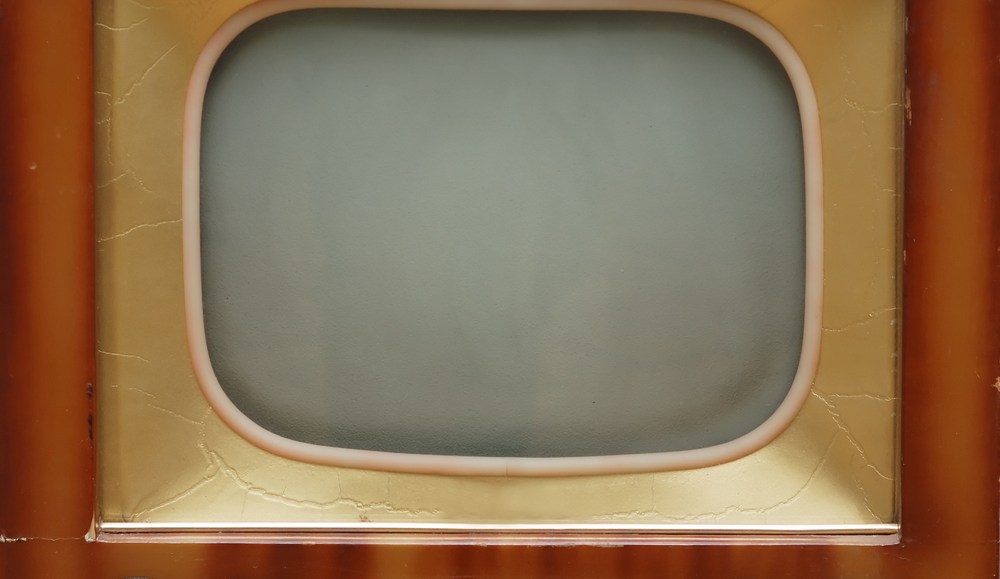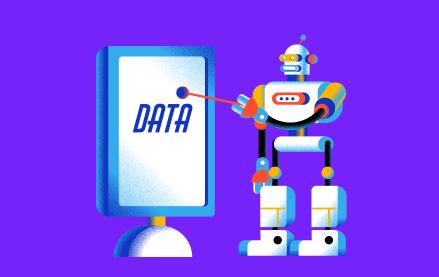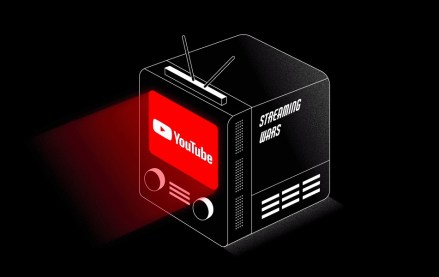
This article is part of the Digiday Partner Program and is brought to you by DG MediaMind. The article was written by Mike Caprio, vice president of Latin America and gm of video.
TV is easy. TV is consistent. And outside of an occasional live-broadcast cussword or wardrobe malfunction, TV is safe.
As a result, brands continue to pour money into traditional television despite digital video’s accountability, targetability and performance advantages.
The industry is working to make online video more comparable to broadcast. AOL/MediaOcean’s deal will allow marketers to extend their traditional TV buying systems to target online video audiences. Digital companies are producing their own premium and original content—see Hulu’s series The Awesomes or The Wrong Mans. And, by measuring in-stream video campaign reach alongside TV, using Nielsen’s OCR and Comscore’s vCE, buyers and brands can now compare apples to apples.
But the industry at-large has done a poor job of addressing the safety and integrity question. And until brands know their in-stream investment is as safe and predictable as TV, TV will continue to out-earn its online video brethren by more than 15 to one.
We believe that content verification needs to begin with the ad server, which can provide the necessary checks and balances between buyer and seller to ensure that the purchased content was in fact delivered.
But here are a few of the pitfalls everyone in the industry should be working to solve:
Brand safety: TV buyers are reasonably certain that what they buy is brand safe. Not so in online video where the video content itself can be fine, but sit on a page promoting hate, violence or pornography. These are no-no’s for most brands.
Viewability: Given the relative cost of video media, this is a hot button. Third party ad serviers should report whether a video appeared within the viewable window so buyers can address violations directly with publisher partners.
Geography: Given that sites can redirect traffic to ensure they are hitting their campaign impression goals, buyers may be unknowingly racking up impressions from viewers outside their target geo.
Player size and location: Many unscrupulous sites and networks will sell in-stream inventory and wrap it in a banner outside the primary viewable content, or worse, make the player so small that only a machine can register a view.
Program and genre reporting: In the TV world, even a ROS (Run of Schedule) buy allows the client to know what content they ended up sponsoring. Not so in online. Servers should provide this same post-buy information on key publishers.
Fraud: Bots, ghost sites and redirects are enormously costly. But they all leave footprints, which allow providers to intervene to ensure buyers only pay for legitimate traffic.
By employing innovations like video verification, greater content visibility and measurement standards, the industry can make online video as easy as TV, leveling the playing field and giving brands a reason to devote more budget where it will perform best.
More from Digiday

Here are the biggest misconceptions about AI content scraping
An increase in bots scraping content from publishers’ sites represents a huge threat to their businesses. But scraping for AI training and scraping for real-time outputs present different challenges and opportunities.

How Future is using its own AI engine to turn deeper engagement into ad dollars
Future is betting on AI to boost recirculation – and make that stickier audience more appealing to advertisers.

Future of TV Briefing: TV is YouTube’s top screen — except when counting views and among Gen Z viewers
This week’s Future of TV Briefing looks at how mobile still accounts for an overwhelming majority of YouTube video views and why some Gen Z viewers aren’t tuning into YouTube on TV screens.





